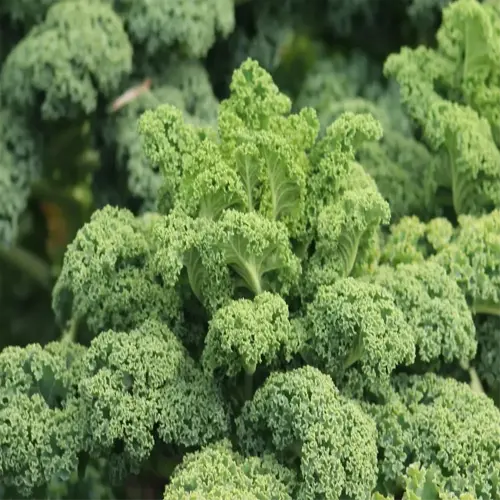How do I protect kiwi plants in winter?

Written by
Michael Sullivan
Reviewed by
Prof. Charles Hartman, Ph.D.Kiwi winter protection begins with knowing your USDA zone. In my Zone 5b garden, I wrap the trunks with burlap as soon as the temps fall below 25°F (-4°C). After the ground is frozen, I put 6" of straw mulch around the plants to insulate the roots but not trap moisture which rots the roots.
Trunk Shielding
- Wrap trunks with breathable burlap below Zone 6
- Secure with jute twine, avoid plastic ties
- Remove wraps when spring temps exceed 40°F (4°C)
Root Zone Care
- Pile 6" straw mulch over root area
- Extend mulch 3ft beyond drip line
- Replace soggy mulch immediately after thaws
Pruning timing impacts winter survival. I delay cuts until late February, dormant buds withstand -20°F (-29°C). Early pruning triggers sap to flow that freezes, and large cuts should be sealed with grafting wax to stop interior ice intrusion. Where that was the only method I used for pruning on my vines in December 2021, they rebounded fully and were examined under the method used for future pruning.
Spring Inspection
- Check for bark splits or rodent damage
- Scrape test: Green cambium = healthy
- Apply copper spray to cankers
Frost Damage Repair
- Cut blackened shoots to live wood
- Apply balanced fertilizer post-budbreak
- Retrain new leaders if needed
Micro-climates are significant.My south-facing vines always require wrapping less than my north-side plants.Use windbreaks like evergreen screens when temperatures dip below -15°F (-26°C).Keep a record of winter low temperatures and adjust your methods every year.After surviving -30°F (-34°C), I learned that having layer types of protection is well worth considering.
Read the full article: How to Grow Kiwi: Expert Guide for Home Gardeners

